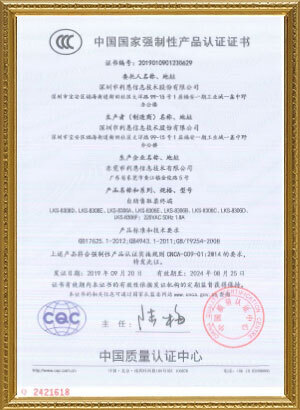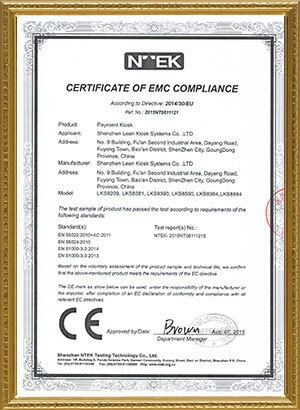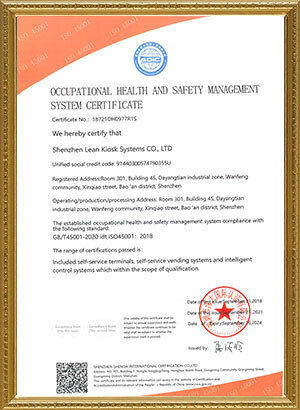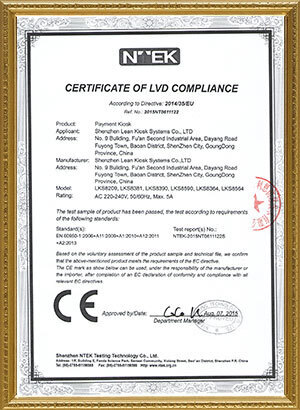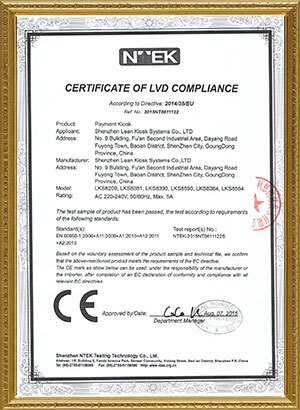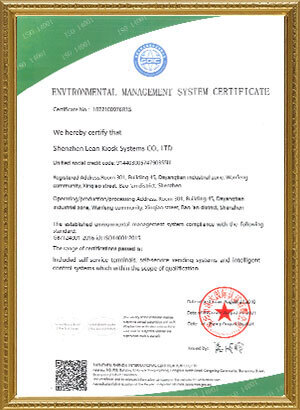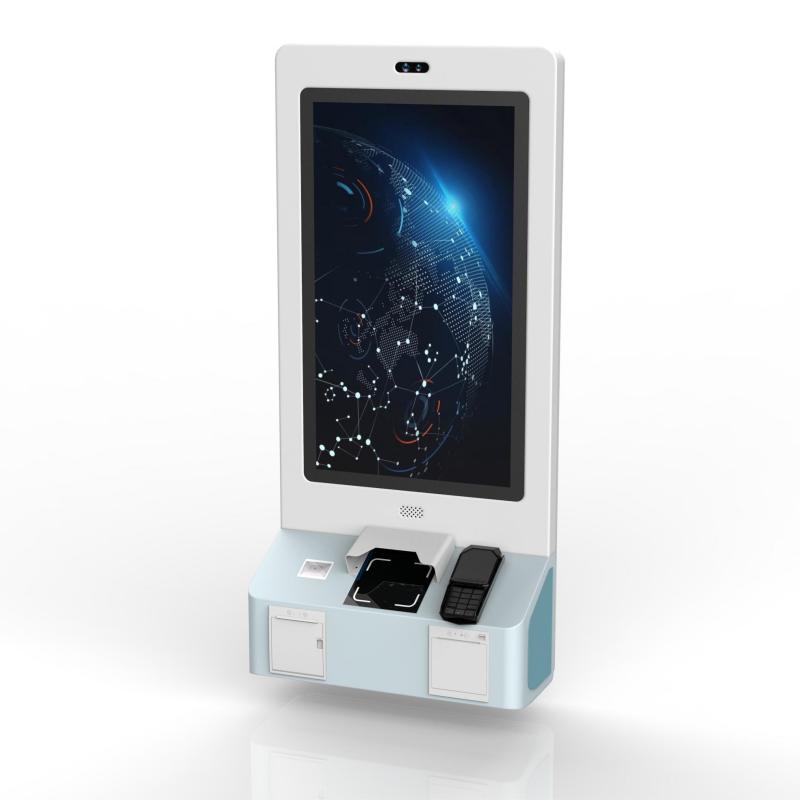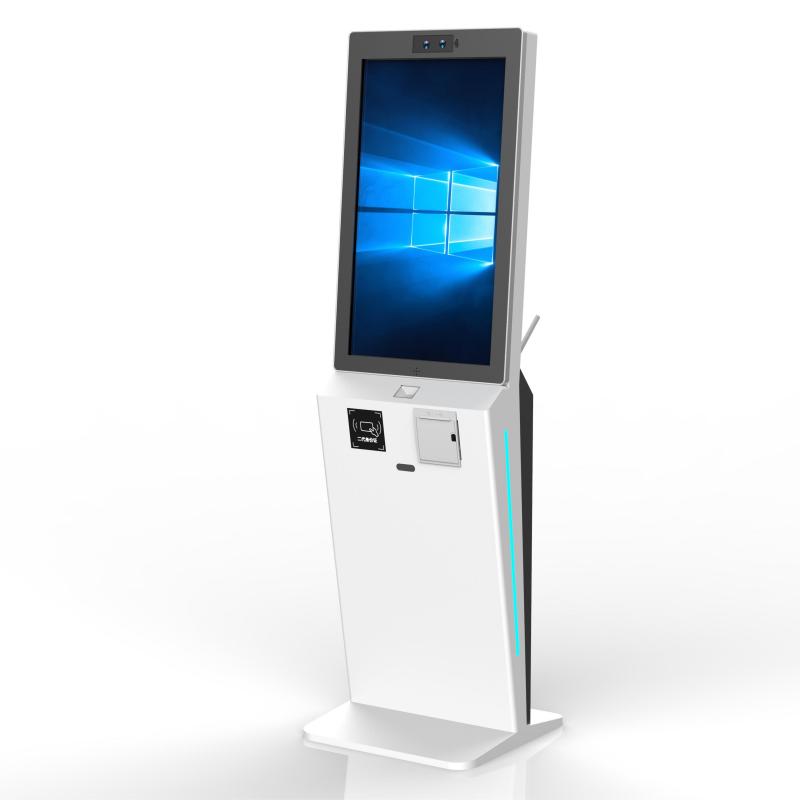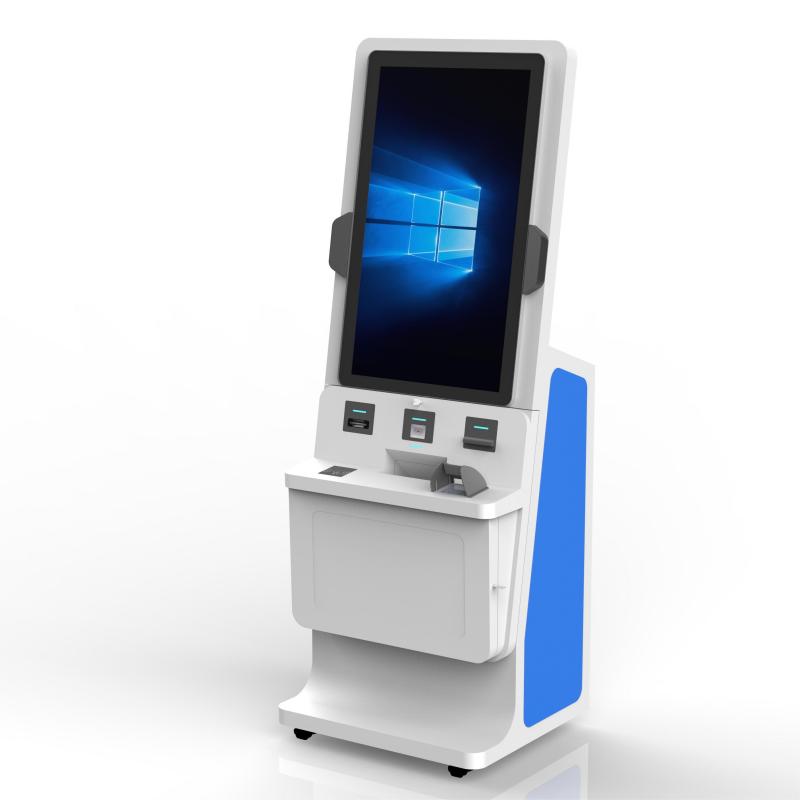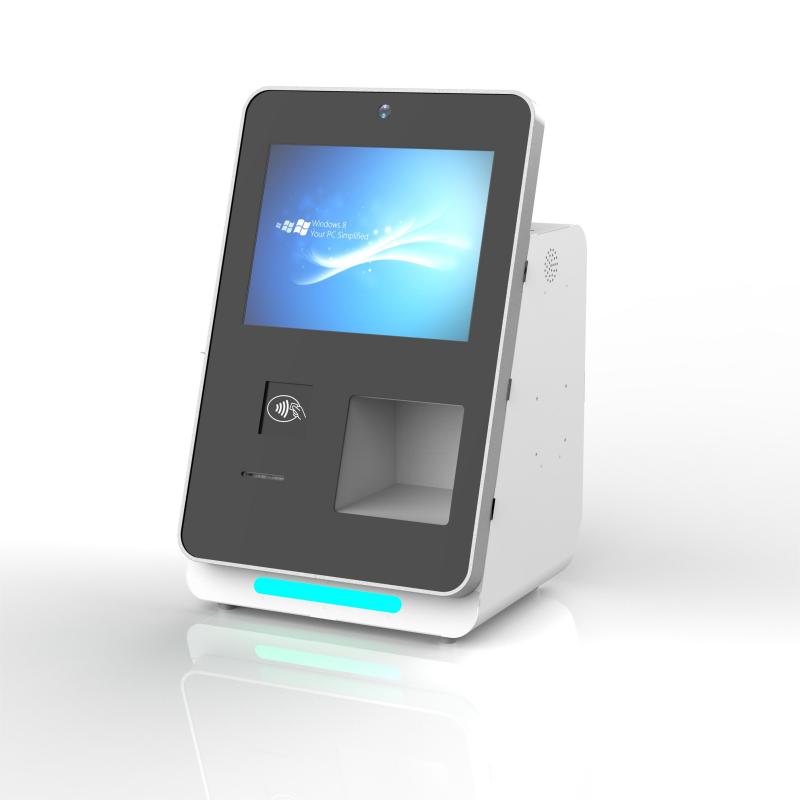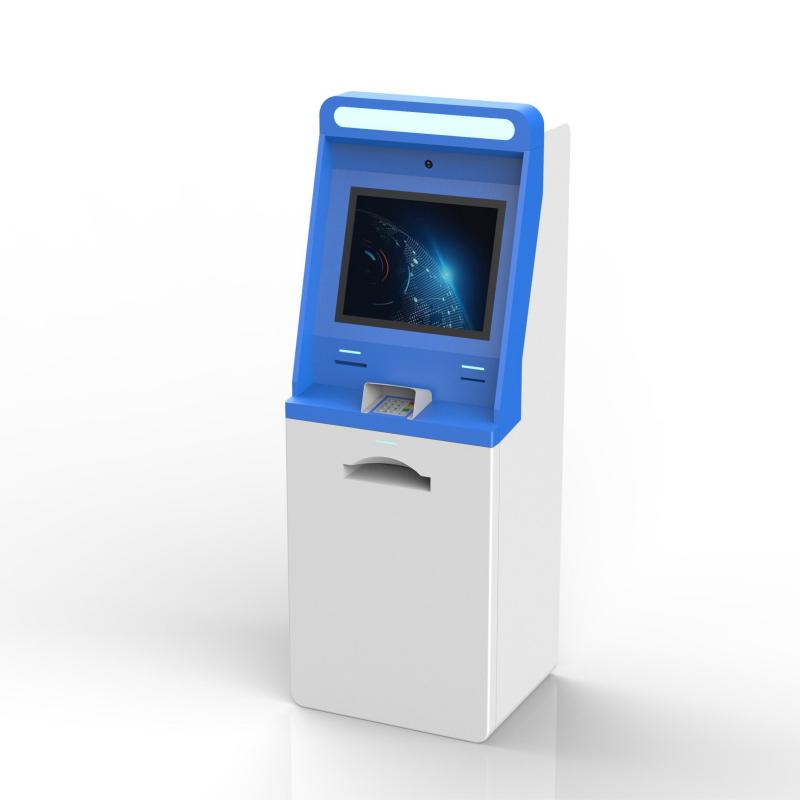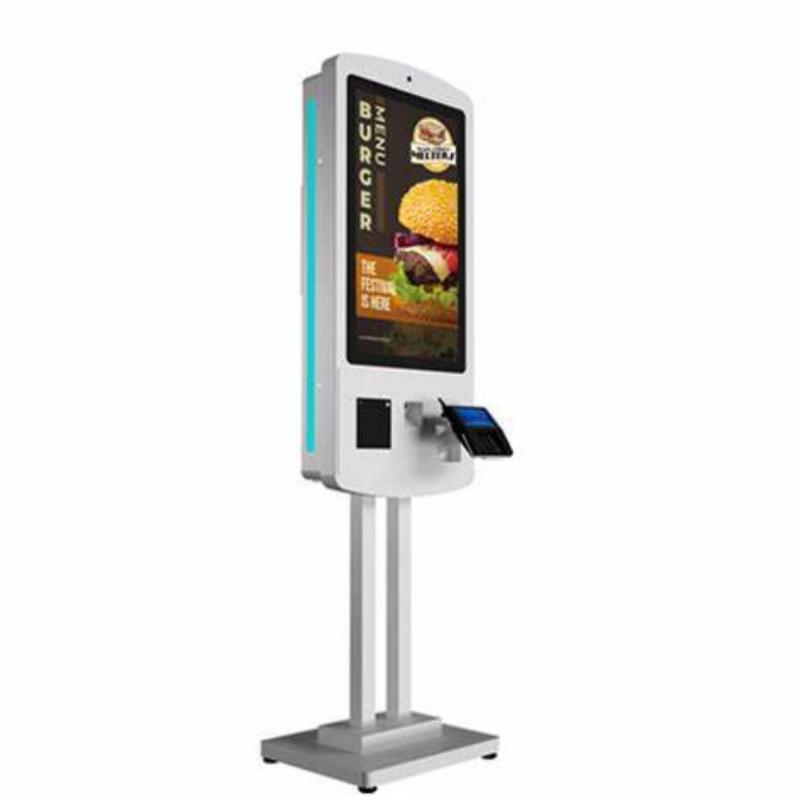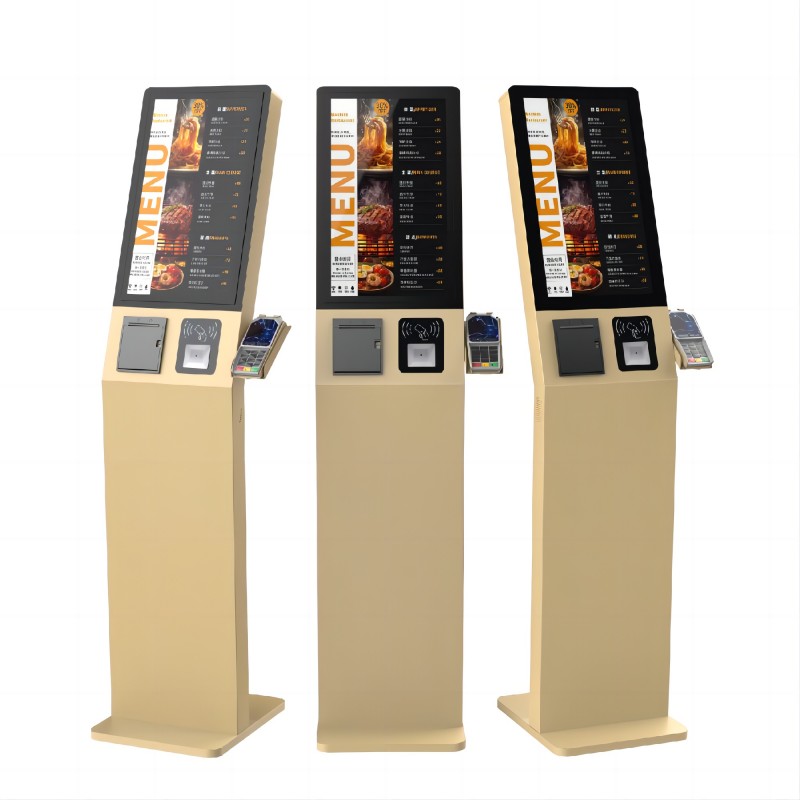
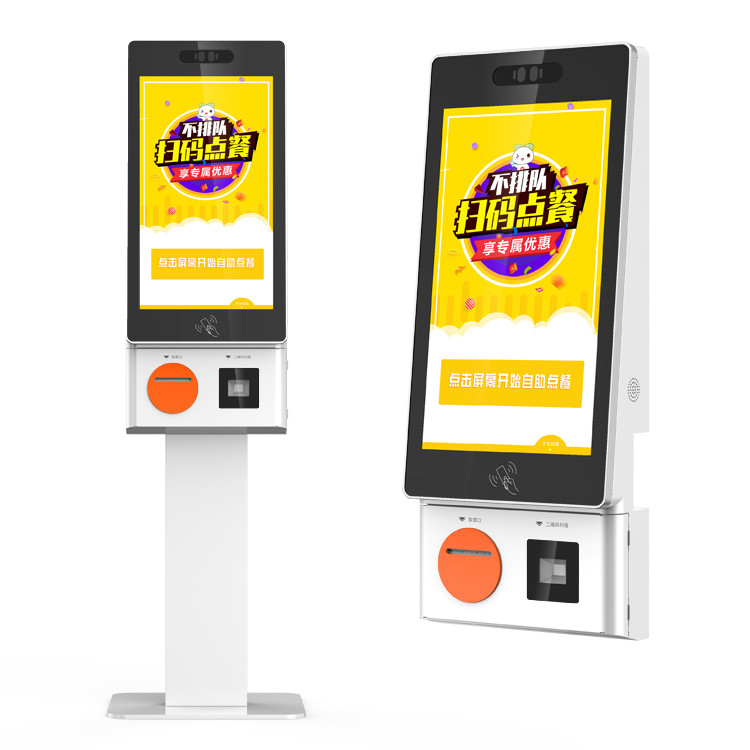
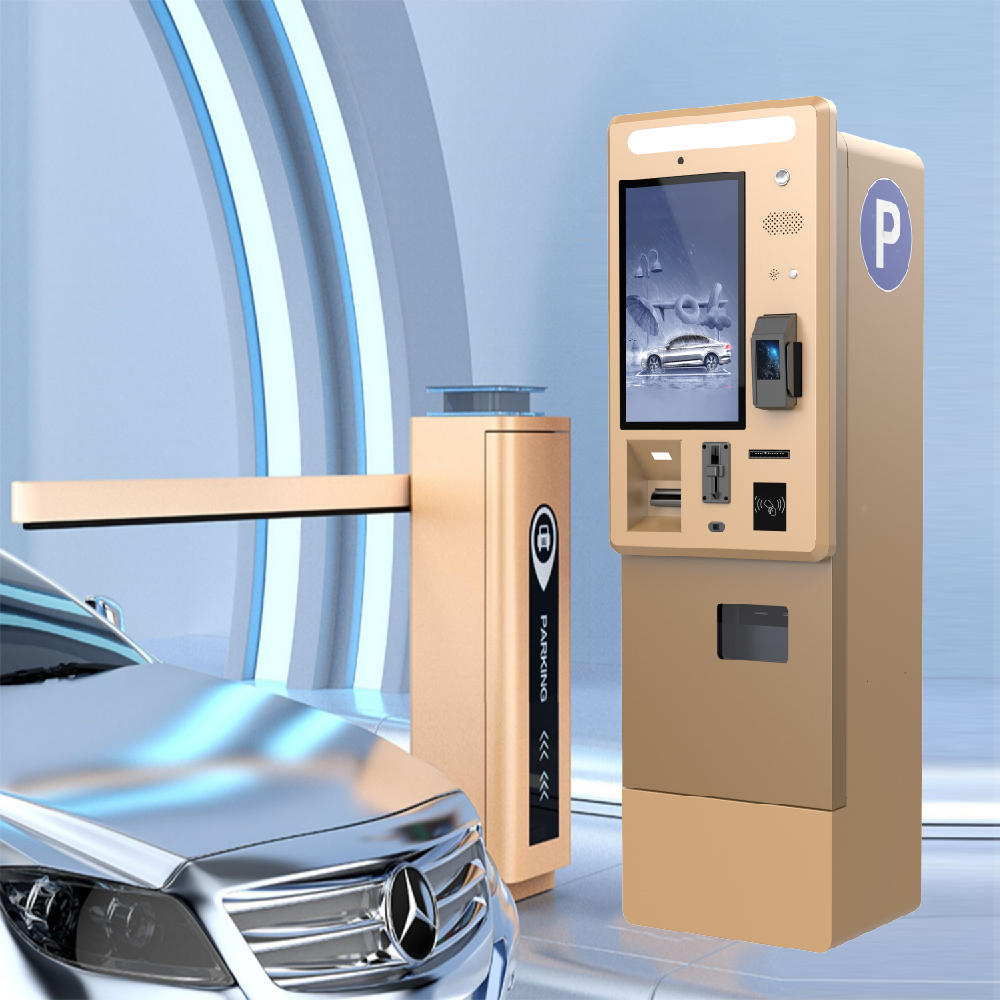
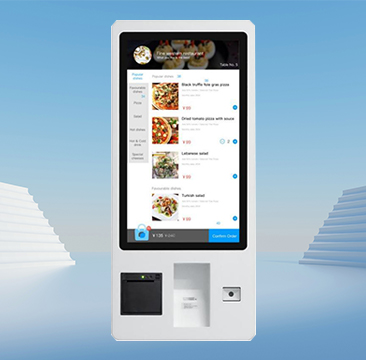
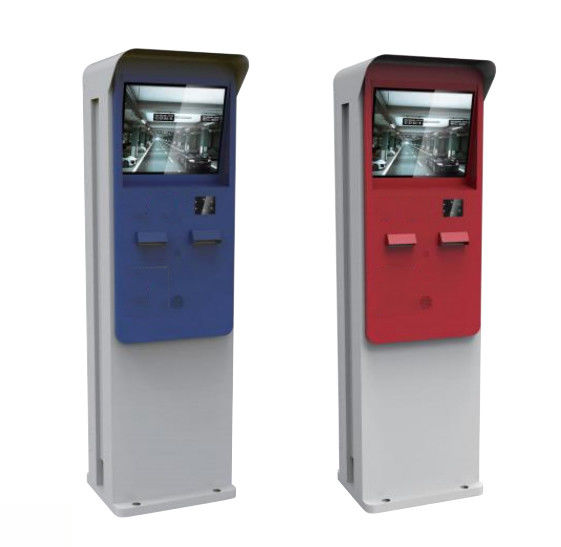
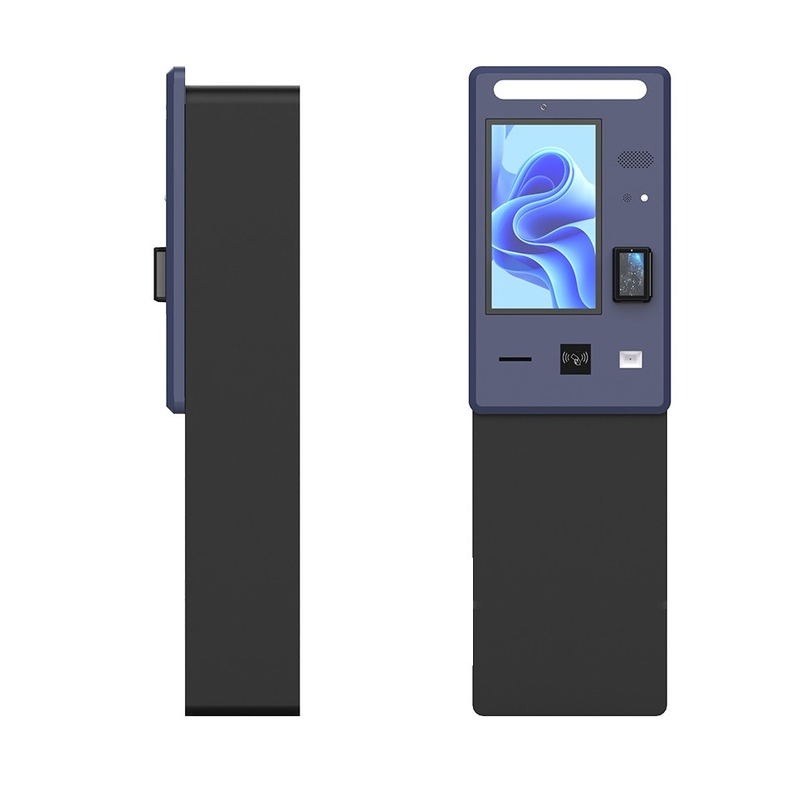
Technical Support for NFC and RFID Readers
NFC and RFID Readers
As a professional kiosk manufacturer from China, Lean Kiosk Systems not only provides the high-quality kiosk, but also offer good warranty and comprehensive technical support includes hardware components like NFC (Near Field Communication) and RFID (Radio Frequency Identification) readers.
Offering technical support for NFC and RFID readers involves addressing specific aspects of these technologies, including installation, maintenance, troubleshooting, and repairs. Here’s a comprehensive strategy for a kiosk company:
1. Comprehensive Training and Documentation
· User Manuals and Guides: Provide detailed manuals for each NFC and RFID reader model, covering installation, usage, troubleshooting, and maintenance.
· Training Programs: Offer training sessions for customers and their staff focused on NFC and RFID technology, common issues, and maintenance practices.
2. Multichannel Support
· Phone Support: Establish a dedicated helpline for NFC and RFID reader-related issues, staffed by experts in these technologies.
· Email Support: Provide an email address for detailed support requests, including the option to send pictures or videos of the issue.
· Live Chat: Implement a live chat feature on your website for real-time assistance with NFC and RFID readers.
· Support Portal: Create an online portal where customers can submit tickets, track the status of their issues, and access FAQs and troubleshooting guides specific to NFC and RFID readers.
3. Remote Assistance
· Remote Diagnostics: Utilize remote diagnostic tools to connect to the kiosk’s NFC or RFID reader system and identify issues without physical presence.
· Software Updates: Push firmware and driver updates remotely to fix bugs and improve reader performance.
4. Field Service Technicians
· On-Site Support: Deploy field service technicians who can visit customer locations to resolve issues with NFC and RFID readers that cannot be fixed remotely, according to customer’s demands.
· Scheduled Maintenance: Offer regular maintenance visits to check and calibrate NFC and RFID readers, ensuring optimal performance and longevity, according to customer’s demands.
5. Spare Parts and Replacement
· Stock Management: Maintain a stock of spare parts such as antennas, controllers, and other essential components to quickly replace faulty parts.
· Warranty and Repairs: Provide warranty services and handle repairs or replacements within the warranty period, ensuring minimal downtime.
6. Proactive Monitoring
· Health Monitoring: Implement software to monitor the health and performance of NFC and RFID readers in real-time.
· Alerts and Notifications: Set up systems to alert your support team of potential issues with NFC and RFID readers before they impact the customer experience.
7. Customer Feedback and Improvement
· Feedback Mechanism: Collect feedback from customers specifically about their experience with NFC and RFID readers and the support they received.
· Continuous Improvement: Use the feedback to continuously improve your NFC and RFID reader technology and support processes.
8. Partnerships with Suppliers
· Supplier Support: Work closely with NFC and RFID reader suppliers for advanced support and faster resolution of complex issues.
· Training for Support Staff: Ensure your technical support staff is trained by the suppliers on the latest NFC and RFID technologies and troubleshooting techniques.
By focusing on these areas, Lean Kiosk Systems can offer specialized and effective technical support for NFC and RFID readers, ensuring high customer satisfaction and operational efficiency.
Address: No. 99-15, Fuan intelligent manufacturing Industrial Park, Dayang Road, Fuhai Street, Baoan District, Shenzhen, China
- Tel:+852 59566712
- Email: frank@lien.cn
- Worktime:8:00-02:00
- Contact Person:Frank
- Mobile Site


